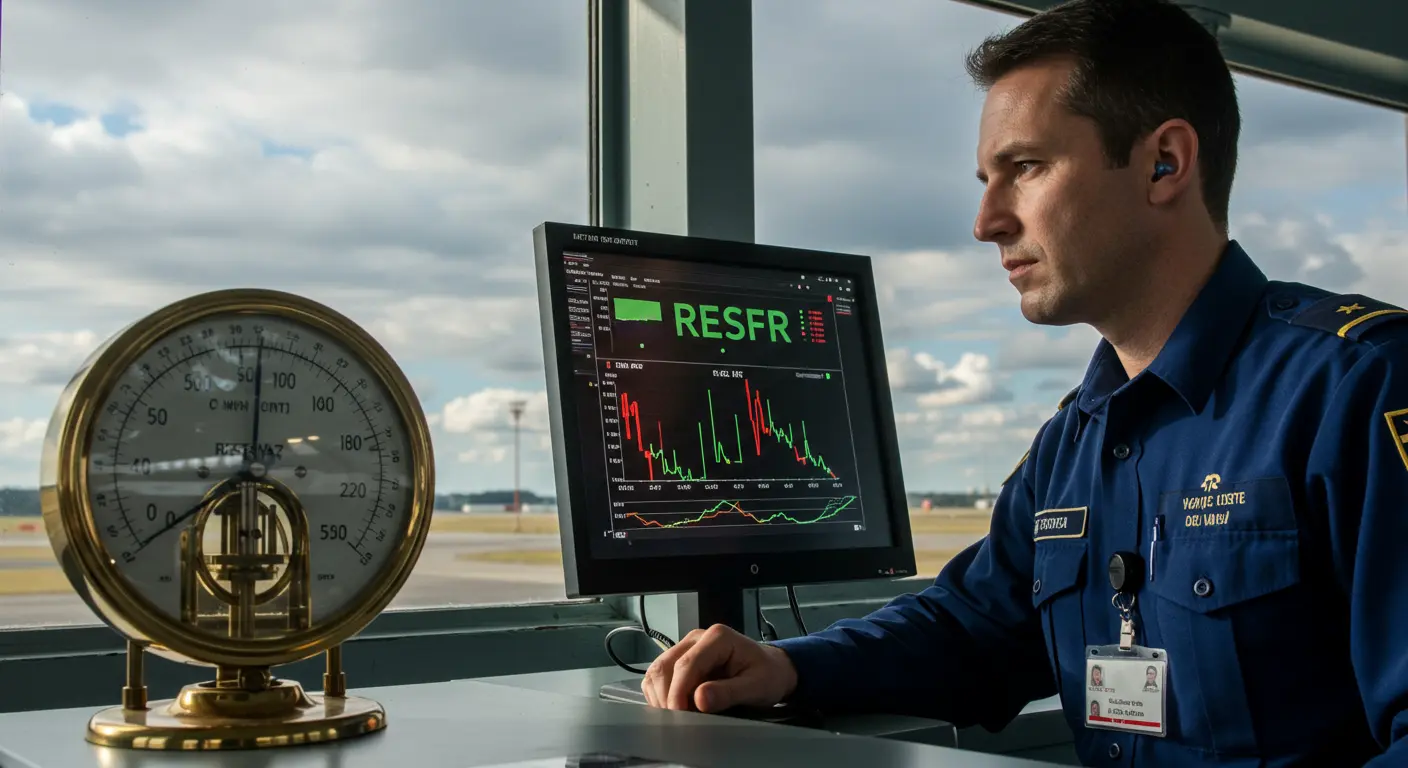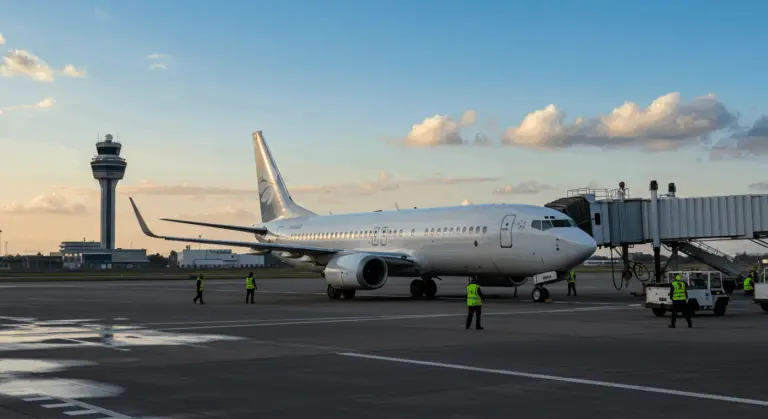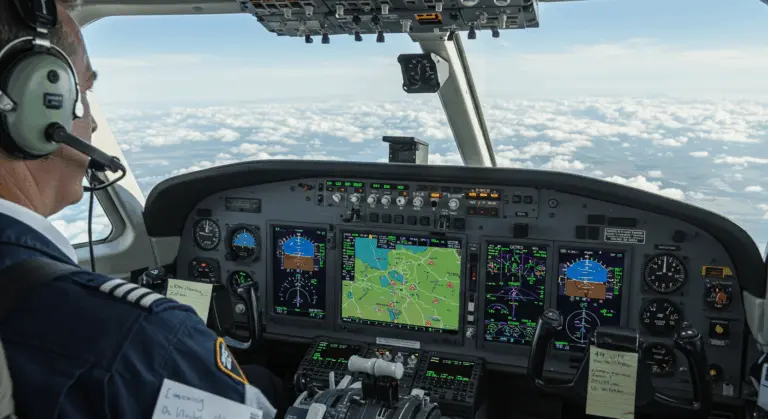Understanding PRESFR in METAR Reports – A Comprehensive Guide
What is PRES FR in METAR Reports?
PRES FR stands for “pressure falling rapidly” and appears in the remarks section of a METAR (Meteorological Aerodrome Report) when barometric pressure drops at an alarming rate. Its counterpart, PRES RR, signals “pressure rising rapidly.”
This aviation warning often signals the approach of significant weather systems—fronts, storms, or atmospheric disturbances that can dramatically alter flying conditions.
When pilots encounter this code, pilots must exercise heightened vigilance. The rapid pressure drop frequently precedes hazardous conditions: severe turbulence, rapidly deteriorating visibility, or dangerous wind shear.
Within METAR interpretation, this abbreviation acts as a meteorological warning, indicating time-sensitive pressure changes that demand immediate attention and swift decision-making from aviation professionals.
Components of a METAR Report
Understanding Weather Phenomena in METAR
How to Decode METAR Reports
Decoding METAR reports is a fundamental skill for aviation professionals, one that can mean the difference between safe passage and dangerous encounters aloft.
Each report opens with the four-letter ICAO airport identifier, immediately followed by the observation date and time in UTC format—a six-digit sequence (DDHHMM) that timestamps the atmospheric snapshot.
Next comes wind information: direction and speed measured in knots. For instance, ‘27015G25KT’ translates to winds from 270 degrees at 15 knots, with gusts reaching 25. Visibility follows—reported in statute miles for US airports or meters elsewhere.
Present weather phenomena use standardized abbreviations to describe current conditions. RA indicates rain, TS warns of thunderstorms. Intensity modifiers paint the severity: a minus sign (-) for light conditions, a plus (+) for heavy weather, while moderate conditions carry no prefix.
Cloud coverage is described using the following terms, with each layer’s height given in hundreds of feet above ground level:
-
FEW: 1-2 OKTA
-
SCT: Scattered, 3-4 OKTA
-
BKN: Broken, 5-7 OKTA
-
PVC: Overcast, 8 OKTA
Temperature and dew point readings (in Celsius) appear next, followed by the crucial altimeter setting—’A’ prefix for inches of mercury in the US, ‘Q’ for hectopascals elsewhere. Reports conclude with remarks (RMK), where additional critical information like pressure tendencies (including PRES FR) reside.
Develop this skill through consistent practice with online METAR decoders. Regular engagement sharpens situational awareness and improves decision-making capabilities—both essential for safer flight operations.
The Role of ICAO and WMO in METAR Standardization
METAR standardization results from collaboration between two key global organizations: the International Civil Aviation Organization (ICAO) and the World Meteorological Organization (WMO).
ICAO, born from the 1944 Chicago Convention, establishes the foundational requirements for aeronautical meteorological services through Annex 3. This ensures METAR formats remain consistent across international boundaries—a pilot’s universal language.
The WMO, a specialized UN agency established in 1950, contributes the technical backbone and meteorological expertise. Its comprehensive Manual on Codes meticulously details METAR formatting protocols, including specialized notations like PRES FR.
These organizations balance between rigid standardization and practical flexibility. Minor regional variations exist—statute miles versus meters for visibility, for example—yet remain universally comprehensible thanks to standardized training protocols worldwide.
This collaborative framework has created a resilient system that adapts to technological advancement. Changes undergo careful coordination through member states, ensuring aviation weather reporting remains current, consistent, and above all, safe.
Such standardization provides the foundation for global aviation safety. A pilot departing from Tokyo can confidently interpret a METAR from São Paulo or Stockholm—codes like PRES FR carry identical meaning whether encountered over the Pacific or the Atlantic.







